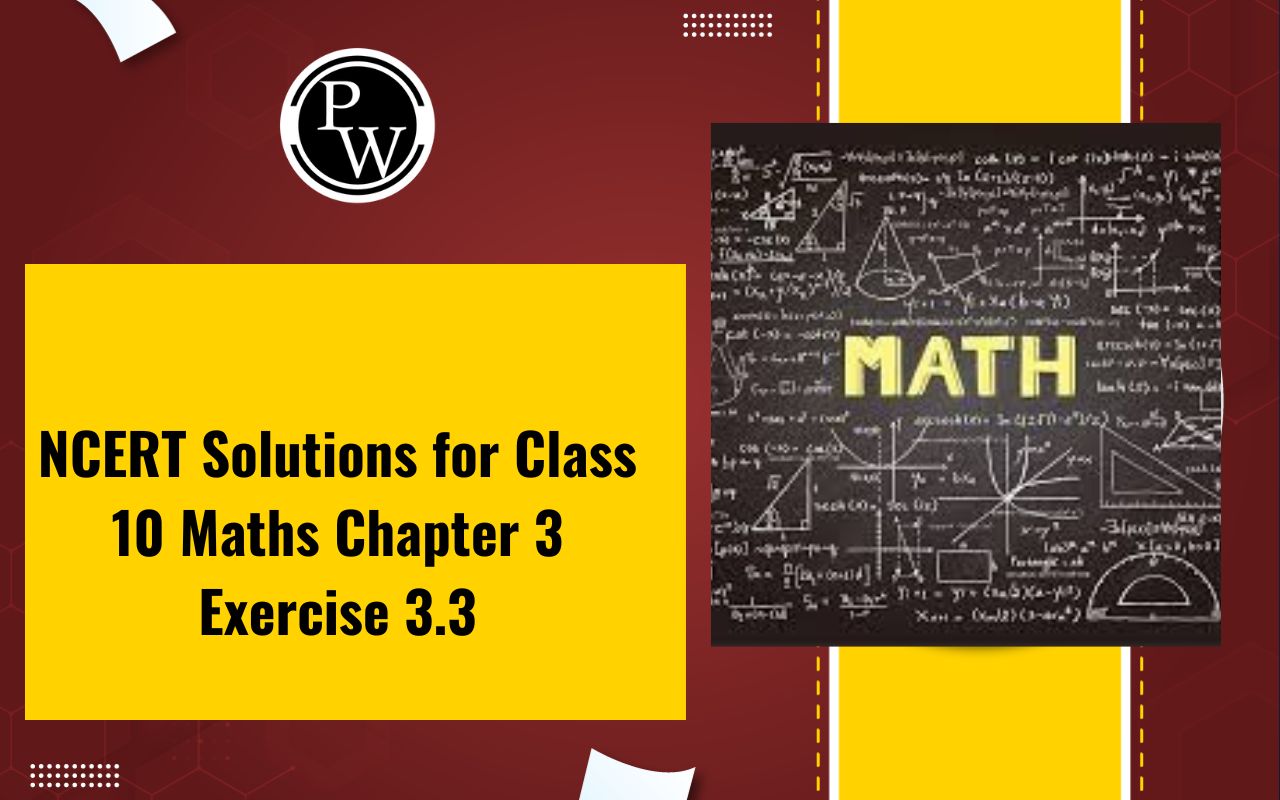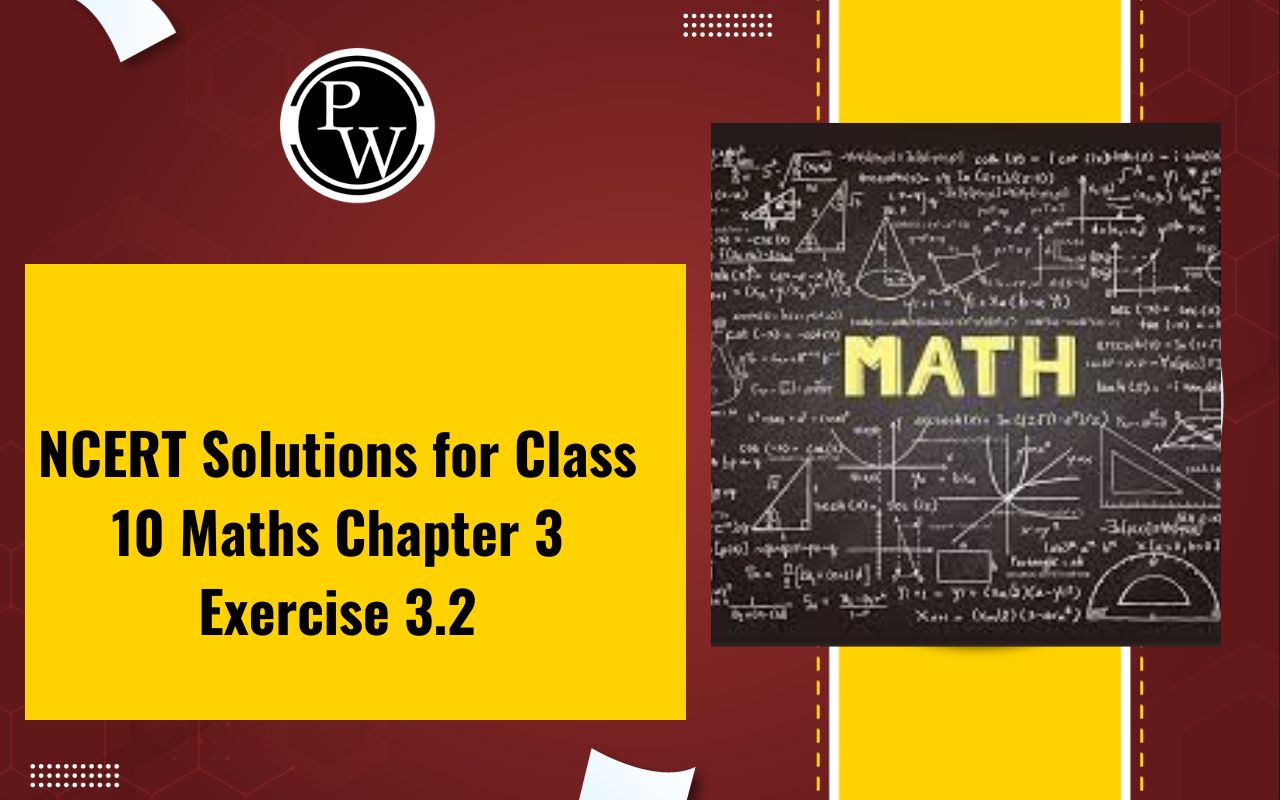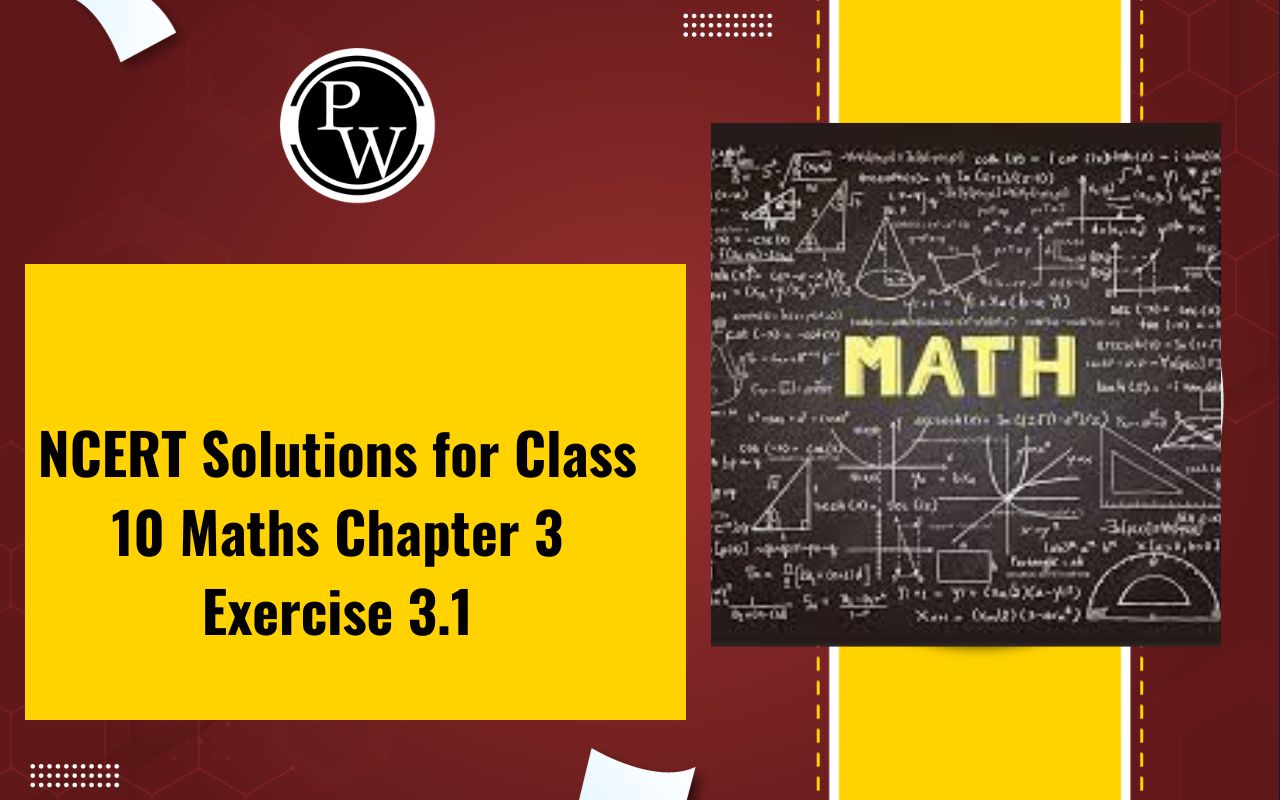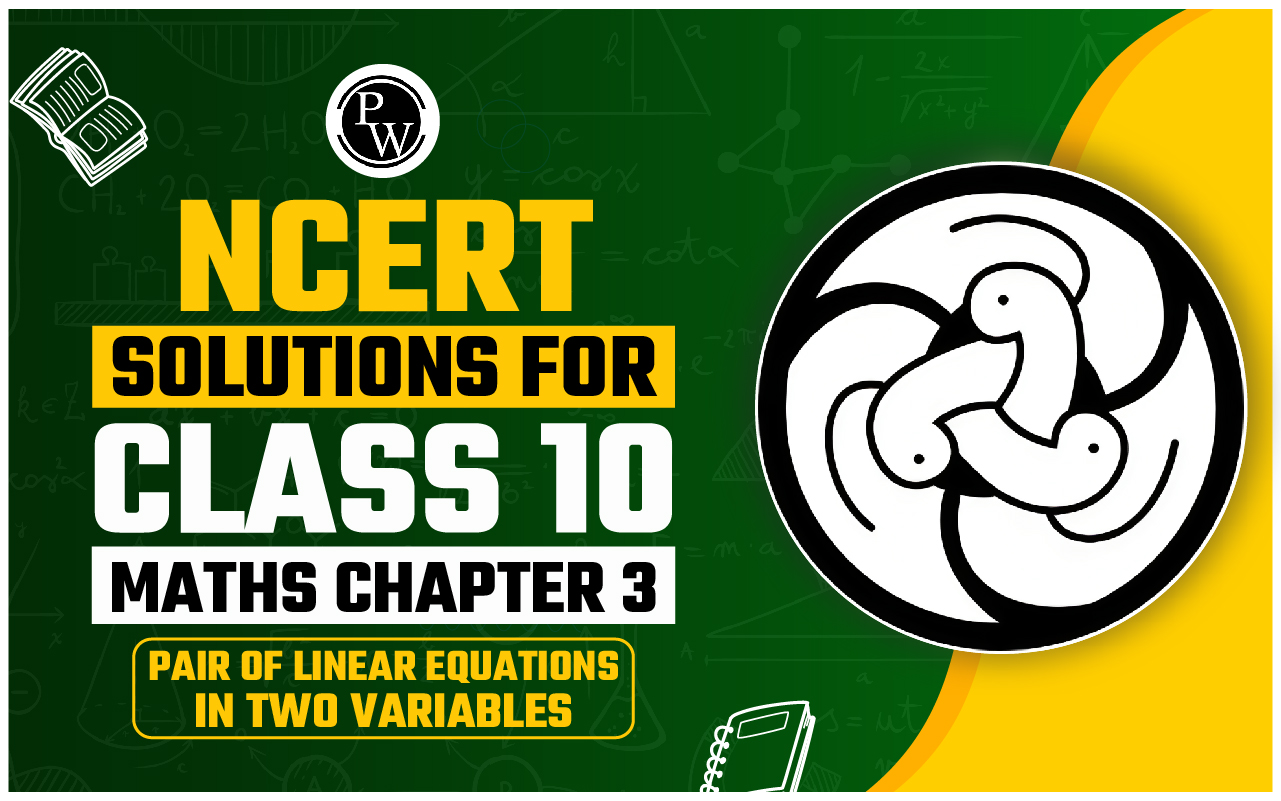

Motion is a fundamental concept in physics that involves the change in position of an object over time. The equation of motion in one dimension is a mathematical representation that describes the relationship between an object's initial position, its velocity, acceleration, and time. This equation plays a crucial role in understanding how objects move and interact under the influence of forces.
Basic Concepts
Before delving into the equation of motion, let's briefly discuss some key concepts:
- Position (x): The location of an object along a straight line. It can be represented by a numerical value on a coordinate axis.
- Velocity (v): The rate of change of position with respect to time. It is a vector quantity, meaning it has both magnitude and direction.
- Acceleration (a): The rate of change of velocity with respect to time. Like velocity, it is also a vector quantity.
- Time (t): The duration during which the motion occurs.
Also Check - Electrical Resistance Formula
Equations of Motion
There are three main equations of motion that relate the above concepts. These equations are derived under the assumption of constant acceleration. Constant acceleration means that the acceleration of the object remains the same throughout its motion.
The three equations are as follows:
First Equation of Motion:
v = u + at
Where:
- - v= Final velocity of the object
- - u = Initial velocity of the object
- - a = Acceleration of the object
- - t = Time interval
Second Equation of Motion:
s= ut+ 1/ 2 a t 2
Where:
- - s = Displacement of the object
- - u = Initial velocity of the object
- - a = Acceleration of the object
- - t = Time interval
Third Equation of Motion:
v 2 = u 2 + 2as
Where:
- - v = Final velocity of the object
- - u = Initial velocity of the object
- - a = Acceleration of the object
- - s = Displacement of the object
Also Check - Wind Energy Formula
Derivation of Equations
These equations can be derived using calculus and basic kinematic principles. The first equation can be derived by integrating acceleration to find velocity as a function of time. The second equation is derived by integrating velocity with respect to time to find displacement as a function of time. The third equation can be obtained by eliminating time from the first two equations.
Using the Equations:
The equations of motion are particularly useful when dealing with uniformly accelerated motion. This includes scenarios like objects falling freely under gravity, or a vehicle moving with constant acceleration.
Example
Let's consider an example to illustrate the use of these equations:
Problem: An object is dropped from a height of 20 meters. Calculate its final velocity just before it hits the ground.
Solution:
Given:
Initial velocity u = 0 (object is dropped, so initial velocity is zero)
Acceleration a = 9.8,{m/s 2 (acceleration due to gravity)
Displacement s = 20 meters
Using the third equation of motion:
v 2 = u 2 + 2as
v 2 = 0 2 + 2*9.8*20
v 2 = 392
v=19.8m/s
So, the final velocity of the object just before hitting the ground is approximately 19.8{m/s
The equation of motion in one dimension provides a mathematical framework for understanding the relationship between position, velocity, acceleration, and time. By using these equations, we can accurately describe and predict the motion of objects undergoing constant acceleration. These equations are foundational in physics and have wide-ranging applications in various fields, from engineering to astronomy.
Also Check - Speed and Velocity Formula
Applications
Let's dive deeper into some specific applications of the equation of motion in various fields:
- Projectile Motion:
When an object is launched into the air with an initial velocity and follows a curved trajectory under the influence of gravity, the equations of motion help predict its path and landing point. This is crucial in fields such as ballistics, artillery, and sports like javelin and discus throwing.
- Free Fall and Gravitational Studies:
The equation of motion helps describe the motion of objects in free fall, such as falling apples or skydivers. Scientists and engineers use these equations to study gravitational effects and conduct experiments related to gravity, including calculating the acceleration due to gravity on different celestial bodies.
- Fluid Dynamics:
In fluid dynamics, the equations of motion are applied to study the behavior of fluids like air and water. These equations help predict fluid flow patterns, turbulence, and the behavior of particles suspended in a fluid medium.
- Roller Coaster Design:
Engineers use motion equations to design roller coasters that provide exhilarating rides while ensuring passenger safety. By calculating acceleration, velocity, and forces at various points along the track, they can optimize the coaster's design for a thrilling yet safe experience.
- Earthquake Engineering:
In seismic engineering, motion equations are used to model the behavior of buildings and structures during earthquakes. By considering acceleration, engineers can design structures that can withstand the forces generated by seismic events.
- Satellite and Spacecraft Trajectories:
Aerospace engineers utilize motion equations to calculate and predict the trajectories of satellites, spacecraft, and probes. These equations are essential for planning space missions, including orbital maneuvers and interplanetary travel.
Equation of Motion in One Dimension Formula FAQs
What is the equation of motion in one dimension?
When are these equations applicable?
How are these equations derived?
What do u, v, a, s, and t represent in the equations?
What are some practical applications of the equations of motion?












